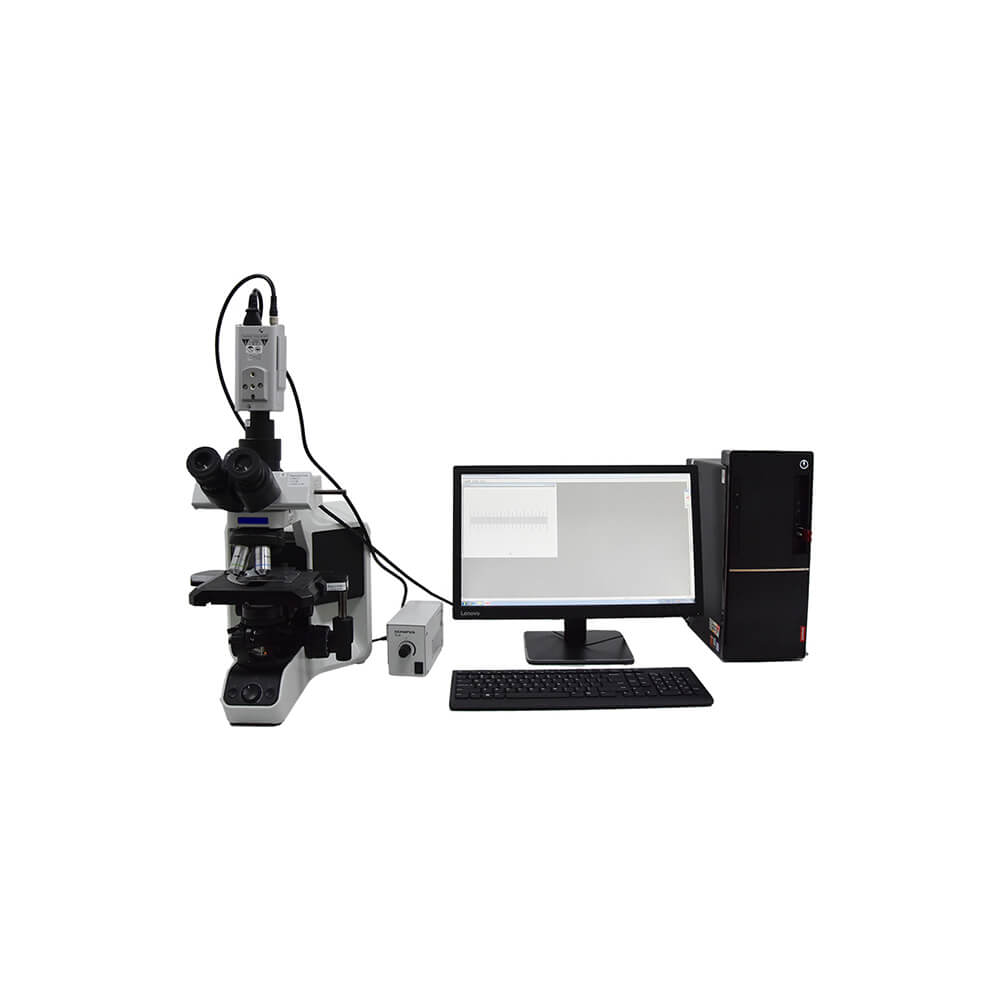The Role of an Optical Fibre Diameter Analyser in Quality Control
The Role of an Optical Fibre Diameter Analyser in Quality Control
Blog Article
Enhance Your Fibre Optic Projects With an Effective Diameter Analyser
The combination of an efficient size analyser into fibre optic tasks functions as an essential element in attaining accuracy and uniformity. By facilitating exact diameter measurements, these analysers not just improve the top quality of setups yet likewise minimize prospective compatibility concerns amongst components. Furthermore, the innovative capacities of modern analysers improve data collection and quality assurance processes. As we explore the essential features and benefits of these devices, it becomes evident just how they can transform project outcomes and make sure adherence to sector criteria. What remains to be discussed is just how to properly apply these analysers in your existing workflows.
Relevance of Diameter Measurement
Gauging the size of fiber optic cables is a vital job that ensures optimal efficiency and integrity in communication systems. Exact size dimension is essential for different reasons, largely for keeping signal integrity and lessening loss. A wire's diameter directly affects its ability to transfer light efficiently; inconsistencies from the specified diameter can lead to increased depletion, which impacts the overall performance of the network.
Furthermore, specific measurement is critical throughout the setup and maintenance of fibre optic systems. An incorrect fit in between adapters and wires can result in signal deterioration or complete failing of communication web links. By ensuring that sizes are within defined tolerances, professionals can boost compatibility between parts, bring about enhanced system reliability.
In addition, size dimension plays a significant duty in quality assurance throughout manufacturing. Consistency in the size of fiber optic cords is essential for ensuring consistent efficiency throughout different sets. optical fibre diameter analyser. This uniformity helps producers maintain industry criteria and cultivates confidence among end-users
Functions of a Reliable Analyser
A reliable analyser for fibre optic projects have to include a number of essential functions that enhance precision and usability in size measurement. To start with, high-resolution optical sensing units are necessary for exact diameter readings, enabling customers to find also the slightest variations in fiber thickness. These sensing units should be complemented by innovative calibration systems, ensuring consistent efficiency throughout different conditions and materials.
Second of all, a straightforward user interface is important for promoting ease of operation. This includes intuitive software program that permits smooth data input and outcome, along with aesthetic representations of the dimensions taken. A mobile layout boosts functionality in different field atmospheres, making it much easier to perform evaluations on-site.
Furthermore, the analyser must sustain several dimension settings, fitting various fiber types and applications. The capacity to store and obtain historic information is one more vital function, allowing users to track efficiency gradually and make educated decisions.
Benefits for Fiber Optic Projects
Carrying out a diameter analyser in fiber optic projects supplies substantial benefits that dramatically boost task performance and top quality. One of the main benefits is the capacity to make certain precise dimensions of fiber diameter, which is critical for preserving ideal efficiency in fibre optic systems. Exact diameter readings assist in the recognition of inconsistencies that might lead to indicate degradation or loss, hence making sure top notch transmission.
In addition, the use of a diameter analyser improves the quality click for info assurance procedure. By automating dimension jobs, task teams can reduce the moment invested on hand-operated assessments, causing faster task completion and lowered labour expenses. This effectiveness also permits for even more extensive testing protocols, resulting in boosted item reliability.
Moreover, consistency in fiber size measurements promotes compatibility with various other fiber optic elements, lessening the threat of installation errors and boosting overall system efficiency. The unification of a size analyser not only aids in keeping industry requirements however also cultivates confidence in project deliverables.
Assimilation Into Existing Workflows
Incorporating a diameter analyser right into existing process can dramatically improve the operational performance of fiber optic jobs. By perfectly integrating this innovation, groups can achieve accurate measurements that are essential to keeping the honesty and efficiency of fiber optic systems. This integration allows for real-time information collection and analysis, which can be essential throughout the production and installment phases.
Additionally, the capability to automate size measurement procedures minimizes the potential for human mistake, making certain regular high quality control throughout the project lifecycle. The data produced can be easily shared across platforms, promoting cooperation among designers, service technicians, and task managers. This availability enhances decision-making and accelerates job timelines.

Selecting the Right Diameter Analyser
When selecting a image source diameter analyser for fiber optic projects, it is vital to take into consideration a number of vital variables that straight effect dimension accuracy and functional effectiveness. Initially, the resolution and accuracy of the analyser must align with the certain demands of your job. Higher resolution tools can detect minute variations in diameter, which is vital for ensuring ideal performance in fibre optic systems.
For projects with tight due dates, a diameter analyser that provides rapid information purchase can substantially enhance efficiency. Furthermore, think about the analyser's compatibility with existing systems and software program.
An additional essential element is the variety of diameters the analyser can accommodate. By carefully evaluating these elements, you can select a size analyser that improves the efficiency and accuracy of your fiber optic jobs.
Conclusion
In conclusion, the combination of an effective size analyser is critical for boosting fibre optic tasks. Exact diameter dimensions make sure optimal performance and reliability while lessening setup errors (optical fibre diameter analyser).
A cord's diameter straight influences its capability to transfer light efficiently; discrepancies from the defined diameter can lead to raised attenuation, which influences the general performance of the network.

Report this page